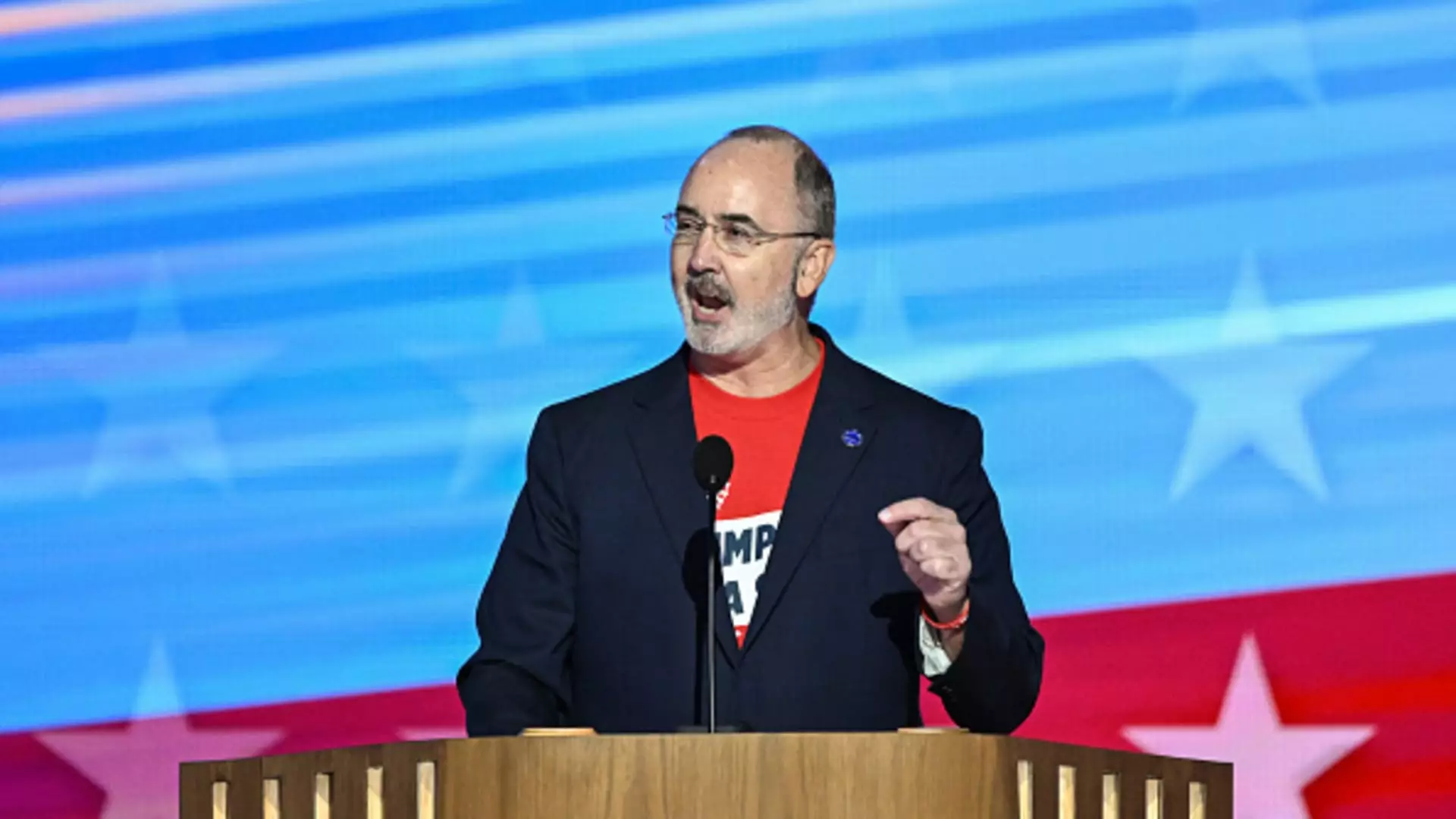The United Auto Workers (UAW) union has recently escalated tensions with Stellantis, filing federal charges over alleged unfair labor practices. The crux of the complaint centers around breaches of contract and the controversial proposal to transfer the production of the Dodge Durango outside the United States. This move has sparked outrage among UAW leaders and has led to calls for a staunch defense of the bargains struck in the 2023 collective bargaining agreement. UAW President Shawn Fain emphasized that the union had achieved significant victories in its latest contract, including promises to revive an idle assembly plant in Belvidere, Illinois, and to maintain production in Detroit.
The union’s frustration is palpable, as they accuse Stellantis of abandoning these commitments. Fain’s declaration echoes a sentiment of unity within the UAW, vowing to enforce the contract aggressively. This commitment to resisting perceived violations underscores the precarious nature of labor relations in the auto industry, where contract terms and production locations are fiercely contested and closely monitored by unions.
Stellantis’s Response and Production Concerns
In response to the union’s claims, Stellantis expressed its disagreement, arguing that it has adhered to the commitments laid out in the investment agreements tied to the 2023 UAW contract. The automaker’s reluctance to comment extensively on the specifics of the allegations suggests a strategy of containment, attempting to quell further unrest. However, the company’s documented production delays and apparent hesitance to activate the Belvidere facility cast shadows over their assertions of compliance. This pattern raises questions about Stellantis’s broader strategic intentions and its willingness to navigate labor relations in an increasingly challenging economic landscape.
Moreover, there are multiple variables in play; reports suggest that Stellantis may consider relocating Durango production to a plant in Ontario, Canada. The potential move not only complicates the UAW’s grievance but also highlights the ongoing trend of shifting manufacturing labor across borders, a tactic that has drawn criticism from union representatives who argue it undermines job security for American workers.
The Broader Landscape of Labor Relations
The UAW’s actions against Stellantis are part of a larger narrative involving labor relations within the automobile manufacturing sector in the U.S. Currently, the UAW is grappling with over 24 open grievances against Stellantis alone, in addition to other complaints lodged against various automakers. This signifies an ongoing struggle as the union seeks to hold companies accountable for contractual obligations while navigating the complexities introduced by economic pressures and operational changes.
As negotiations evolve and tensions mount, the interplay between labor unions and automakers is poised to face further scrutiny. With allegations of contract violations looming, the dynamics of this relationship remain at a critical junction. The resolution of these disputes will not only affect Stellantis’s operational strategies but will also have far-reaching implications for labor relations across the industry, illustrating the ongoing confrontation between corporate decision-making and the rights of workers. The unfolding developments serve as a vivid reminder of the necessity for vigilance and adherence to agreements in the ever-evolving landscape of labor relations.

